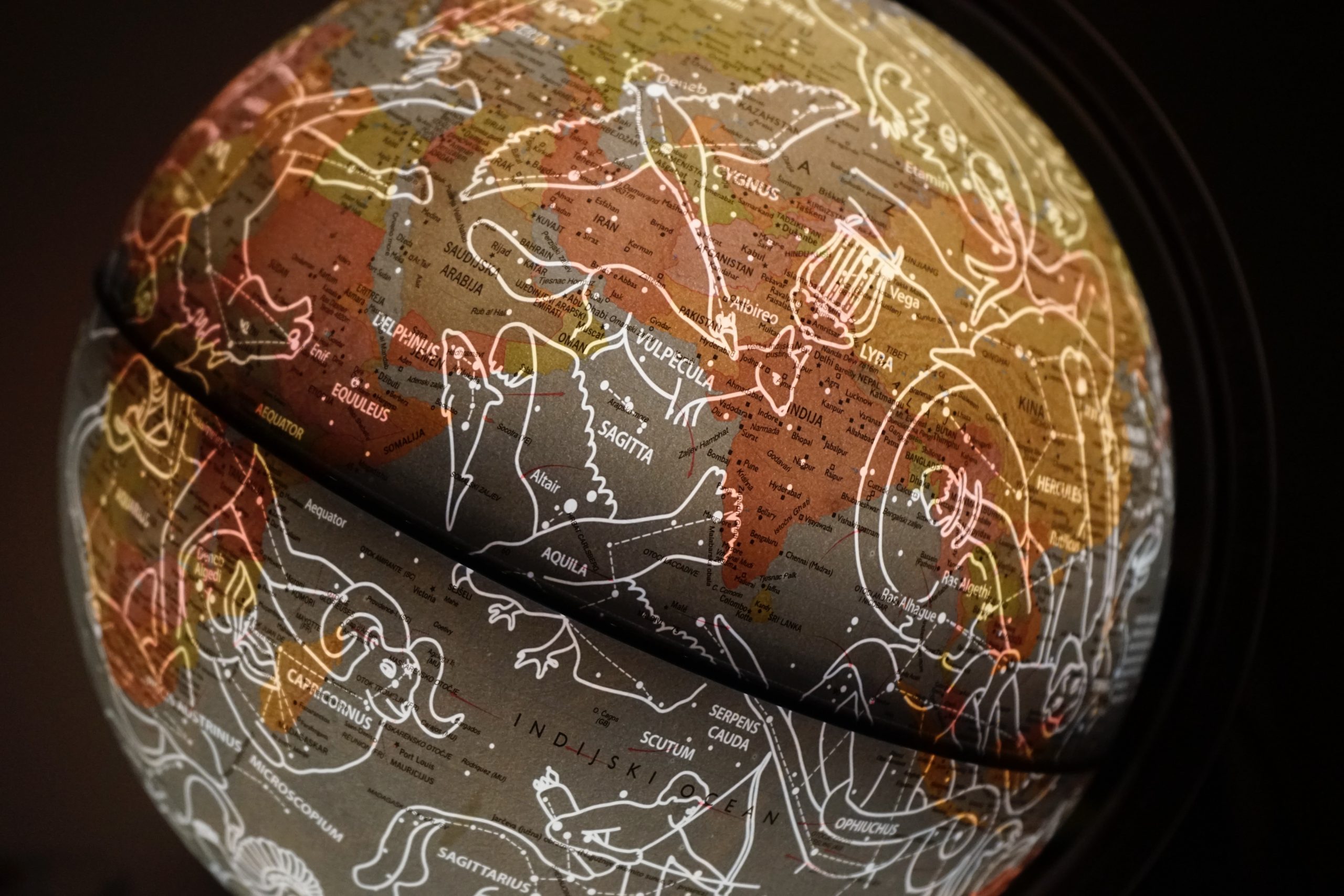Why Does the Moon Appear in Different Shapes?
Waltzing through the dark expanse of the night sky with its mesmerizing glow, the moon has captivated the human imagination for centuries. Shimmering in different shapes and sizes throughout its monthly cycle, it remains a constant source of intrigue and wonder. But what exactly causes the moon to appear in these various shapes? In this blog post, we will delve into the mysteries behind the moon’s ever-changing appearance.
The Phases of the Moon
To understand why the moon appears in different shapes, we must first comprehend its phases. The moon exhibits eight different phases, each with a unique appearance:
- New Moon
- Waxing Crescent
- First Quarter
- Waxing Gibbous
- Full Moon
- Waning Gibbous
- Last Quarter
- Waning Crescent
These phases occur as a result of the moon’s relative position to the sun and the earth, affecting how much of the moon’s surface is illuminated and visible from our perspective on earth.
The Moon’s Orbit and Alignment
The moon orbits around the earth in an elliptical path, completing a full revolution in approximately 27.3 days, known as a sidereal month. However, it is important to note that the moon’s cycle of phases, or synodic month, takes slightly longer – approximately 29.5 days. This discrepancy is due to the earth’s revolution around the sun, which affects how we perceive the moon’s phases.
When the moon is in the new moon phase, it is located between the earth and the sun, and its illuminated side faces away from us. As the moon progresses in its orbit, it begins to align itself differently with respect to the earth and the sun, resulting in the various phases.
During the waxing phases (crescent and gibbous), the moon gradually moves away from the new moon position, and an increasing portion of its illuminated side becomes visible to us. When the moon reaches the full moon phase, it is situated opposite the sun in the sky, and we are presented with the entire illuminated face of the moon.
Following the full moon, the moon enters its waning phases (gibbous and crescent), moving closer to the new moon position once again.
The Impact of Sunlight
The primary determinant of the moon’s appearance during each phase is the position of the sun relative to the earth and the moon. As sunlight illuminates different areas of the moon’s surface, we observe varying shapes and levels of illumination.
During the new moon phase, the side of the moon that faces us is entirely dark, as it is not receiving direct sunlight. As the moon progresses in its orbit, the sun’s rays start to illuminate a slender crescent, visible to the naked eye just after sunset. This marks the beginning of the waxing phases.
By the first quarter phase, we are presented with half an illuminated moon. This is because the sun is now at a 90-degree angle to the earth-moon line, resulting in half of the moon being lit.
During the waxing gibbous phase, we witness an almost fully illuminated moon, with only a small portion in shadow. Finally, the full moon emerges when the sun and moon are positioned on opposite sides of the earth, allowing us to perceive the entire illuminated face of the moon.
Following the full moon, the moon begins its waning phases, and the illuminated portion gradually shrinks until we reach the last quarter phase, where only half of the moon is lit. The cycle culminates in the waning crescent phase, with just a slender crescent of the moon’s illuminated side visible before it returns to the new moon phase and the cycle begins anew.
Observing the Moon’s Phases
When examining the moon’s phases, it is essential to understand that the moon’s illumination is consistent across the entire surface at any given time. The varying phases merely depend on the angle at which we observe the moon from earth.
Using a lunar calendar or moon phase app, one can track and predict the moon’s changing shape over time. This knowledge allows us to anticipate upcoming celestial events such as the full moon, when the moon appears at its brightest and largest.
Conclusion
The moon’s enchanting shapeshifting is a result of its orbit around the earth and its alignment with the sun. As the moon progresses through its phases, it presents us with an ever-changing illuminated side, creating mesmerizing nightscapes and celestial phenomena for us to admire.
By understanding the science behind the moon’s shape-shifting, we can deepen our appreciation for the wonders that unfold in the night sky. The next time you gaze up at the moon, take a moment to reflect on how its beauty is derived from the dance between the sun, the earth, and our celestial neighbor.
Table of Contents
